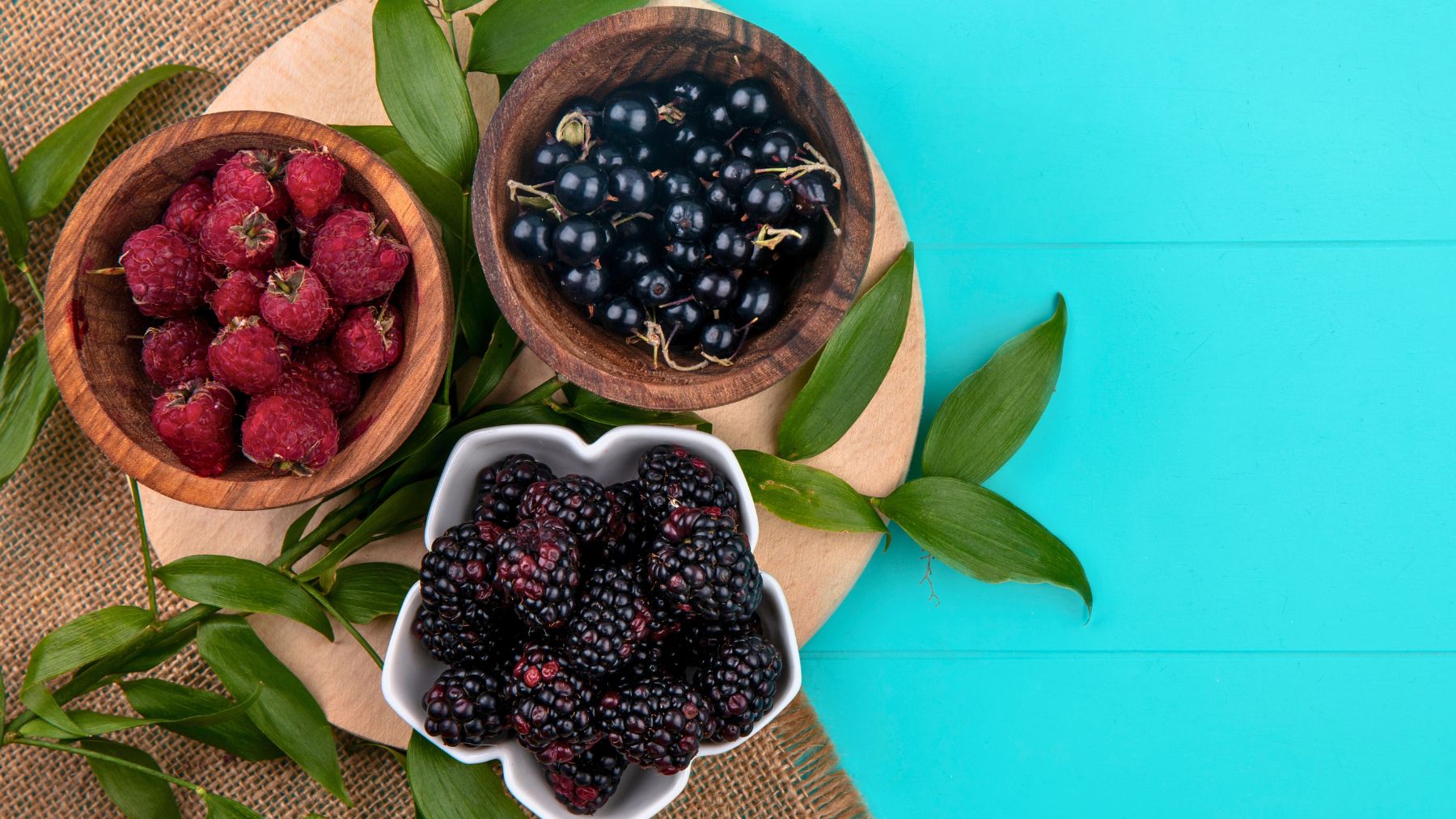If you’ve been adding blackberries to your morning smoothie, thinking they’re one of the healthiest fruits around, you might want to pay attention to what’s on them. A recent report found that most non-organic blackberries tested in the United States carried multiple pesticide residues.
The data comes from the Environmental Working Group’s (EWG) Shopper’s Guide to Pesticides in Produce for 2025, which analyzed conventionally grown blackberries. More than 80% of the samples had at least two pesticides, and one sample contained 14 different residues. Here’s why blackberries landed on the Dirty Dozen list for the first time, and what consumers can do to lower their exposure.
Blackberries and pesticide exposure
This year marked the first time the USDA tested blackberries for pesticide contamination. From July to December 2023, the agency collected nearly 300 non-organic samples. EWG’s review of those results showed that 93% of the blackberries contained at least one pesticide, and most had several.
In total, 48 different pesticides were detected across all conventional samples. The most common was cypermethrin, a synthetic pyrethroid insecticide classified by the Environmental Protection Agency as a possible human carcinogen. It was found on more than half of the blackberries tested. Pyrethroids are known to disrupt thyroid hormones and can affect the developing brain and nervous system.
Two other concerning chemicals also turned up in the samples: malathion and acetamiprid. Malathion has been restricted to greenhouse use in the European Union due to its potential neurotoxic effects and its classification as “probably carcinogenic to humans” by the International Agency for Research on Cancer. Acetamiprid is highly toxic to pollinators and has been connected to reproductive and neurological harm.
While the USDA’s blackberry sample size was small, the agency plans to expand its testing. Still, the findings raise valid concerns about what’s lingering on our fruit bowls and breakfast plates.
Other fruits on the Dirty Dozen
The Dirty Dozen list identifies the 12 fruits and vegetables most contaminated with pesticide residues based on USDA and FDA data. For 2025, blackberries made their debut at number 10, joining familiar names like strawberries, spinach, and peaches. Here’s how this year’s list looks:
- Strawberries.
- Spinach.
- Kale, collard, and mustard greens.
- Grapes.
- Peaches.
- Cherries.
- Nectarines.
- Pears.
- Apples.
- Blackberries.
- Blueberries.
- Potatoes.
These are the foods most likely to contain multiple or potentially toxic pesticide residues, even after washing. On the other hand, EWG also releases the Clean Fifteen, the fruits and vegetables with the fewest traces of pesticides, like avocados, sweet corn, and pineapple.
Despite the concerning data, experts still emphasize that fruits and vegetables are essential for a balanced diet. Blackberries are rich in vitamin C, vitamin K, antioxidants, and fiber, and they’re naturally low in sugar. The key is reducing exposure whenever possible. Buying organic or frozen organic blackberries can help, and washing produce thoroughly before eating is always a smart step.
The bigger picture, according to EWG, is that government regulators often assess pesticides one by one, not as mixtures that may combine inside the body. With 48 different chemicals detected in a single fruit type, the cumulative effect of these residues remains largely unknown. For now, knowing which fruits and vegetables carry the heaviest pesticide loads lets you make better choices and enjoy your produce with fewer hidden extras.
